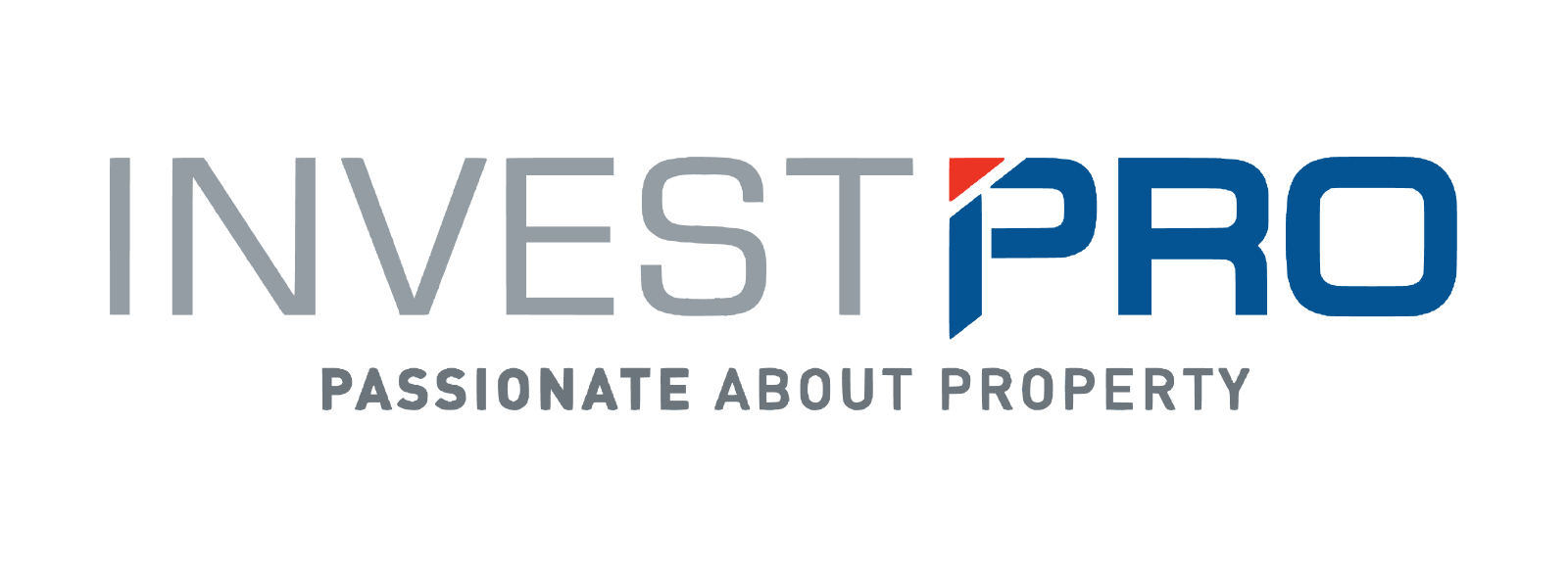Interest Rates Explained (And How You Can Reduce It on Your Home Loan)
The prime lending rate recently rose to 9% and reports are forecasting that South Africans can expect a few more increases during this year.
This will affect everyone but it is especially homeowners that need to keep an eye on this figure.
Any change in the interest rate affects the monthly repayment amount on a bond and the amount of interest that the homeowner will pay back over the period of the home loan.
Households already have to tighten their belts with the rising inflation rate, so paying a mortgage becomes even more difficult.
How does the interest rate affect homeowners? How exactly do you make the interest rate on your home loan work for you? To answer these questions, a better understanding of interest rates is required.
Here is a brief breakdown.
1) The prime lending rate explained
The prime lending rate is directly linked to the repo rate which refers to the rate at which the Reserve Bank lends money to commercial banks.
Banks then calculate the prime lending rate by adding a certain amount to the repo rate to ensure that they make a profit.
When the repo rate goes down, so does the prime lending rate and consequently, homeowners pay less interest on their mortgage.
It also makes it possible for more people to afford bonds because the monthly repayments are less.
However, the opposite is also true: as soon as interest rates rise, homeowners pay more interest and thus fewer people can afford higher bond payments.
2) Fixed and variable interest rate
When applying for a home loan, banks offer a fixed or variable interest rate.
The variable interest rate will fluctuate as the repo rate changes over time. The mortgage payments will then increase or decrease as per the repo rate. This is the default option for South African banks.
The fixed interest rate will remain as is for a period of time even if the repo rate increases or decreases. Usually, there is a time limit of 12-60 months attached to this option after which the loan will default to the variable interest rate.
Fixed and variable interest rates both have pros and cons.
Homeowners are encouraged to do enough research and evaluate their financial needs before making a decision.
A fixed interest rate gives you a sense of financial stability because the mortgage repayment will remain constant for a period of time. However, it is also a bit higher because banks see it as a risk.
Even though you as a potential homeowner cannot control the whims and fancies of the Reserve Bank, there are a few things you can do to secure a lower interest rate.
3) How to reduce the interest rate on your home loan
Opt for a shorter loan period to reduce the interest rate
Usually, a home loan is taken over a longer period than other loans.
Homeowners generally opt for a 20-30 year home loan. The longer the home loan, the more interest you have to pay back.
If you are in a financial position to do so, choose a shorter loan period.
Decreasing the loan to 10-15 years will decrease the interest that you would have paid over a longer period of time.
Compare interest rates
There are many websites online that can help you find the best products at different financial institutions.
Do as much research as you can and compare institutions before choosing one.
Find out from friends and family that recently purchased homes what products banks offered them and how they went about choosing the best one.
Build up a big deposit
Some financial institutions might only offer a 75%-90% loan based on the value of the property.
Lenders are then required to pay the shortfall.
Instead of only paying the shortfall, you can pay a little bit more to reduce the total amount of the loan.
The smaller the loan amount, the less interest you will pay over the next few years.
Final Thoughts
The interest rate can cause a lot of financial instability when paying off a home loan.
The fluctuation might have you paying a few thousand rands more per month on your loan than you budgeted for when you bought the house. For example, say you bought a R2,000,000 home with an interest rate of 7.50% loan over 20 years, and would translate into a monthly bond payment of R16,112. Now, if interest rates were to rise to 10% (which is historically still low for SA), that monthly payment will rise to R19,300.
In these uncertain financial times, it is better to do as much as you can to secure the best rate from a financial institution.
With these few tips, you can approach the home buying process with more knowledge and confidence.
Article source: ImmoAfrica

